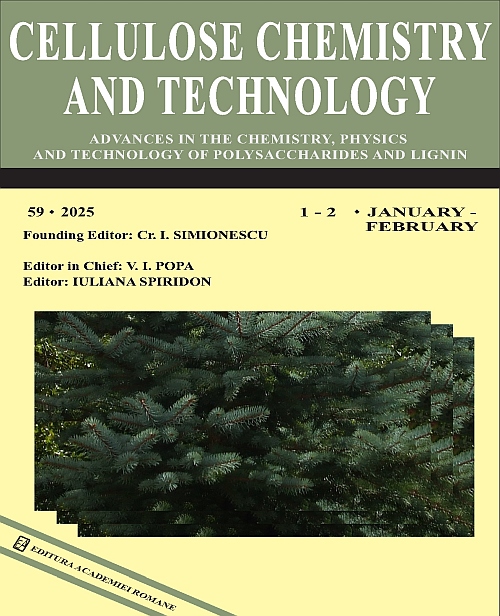|
Title
Evaluation of the effect of hemp fibers on the performance properties of denim fabrics
Authors
HİLAL BİLGİÇ and GAMZE OKYAY SEZER
Received
January 13, 2025
Published
Volume 59 Issue 7-8 July-August
Keywords
denim fabric, bamboo, flax, hemp, ecologically conscious design, antibacterial activity
Abstract
The aim of this study has been to investigate the potential of using hemp fibers in denim fabric structures as a
sustainable alternative to traditional cotton. For this purpose, a total of 12 different types of denim fabric structures
were produced, including reference and hemp-based denim fabrics, as well as flax-based fabrics to enrich the study. In
the production of denim fabrics, traditional and organic cotton ring-spun yarns were used in the warp, while traditional
cotton, organic cotton/bamboo/flax, and organic cotton/bamboo/hemp hybrid yarns were used in the weft direction. The
air and water vapor permeability, antibacterial activity, surface resistance, and fastness properties of the produced
denim fabric structures were investigated comparatively using statistical analysis methods. Upon examining the results,
contrary to expectations, the air and water vapor permeability of the fabrics containing flax and hemp were found to be
lower than that of the reference fabric. Additionally, all types of fabrics produced were found to exhibit no antibacterial
activity against the tested organism Escherichia coli (ATCC 25922 gram-negative bacteria). When the fastness results
(light, crocking, laundering, water, and perspiration) were evaluated, it was observed that both flax- and hemp
containing denim fabric samples demonstrated the same performance as the reference fabrics, and all the developed
denim fabric structures met industrial requirements.
Link
https://doi.org/10.35812/CelluloseChemTechnol.2025.59.77
|



